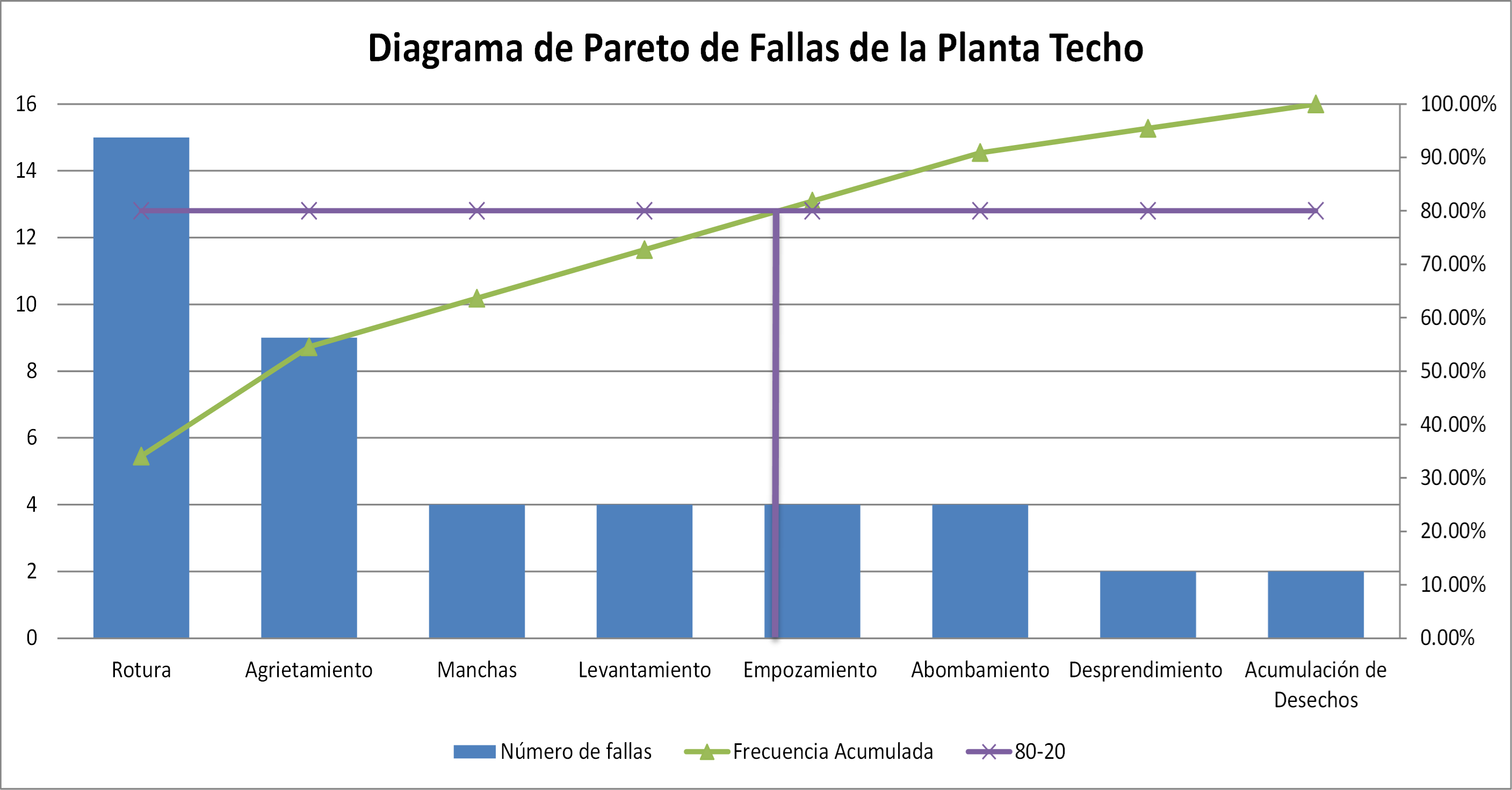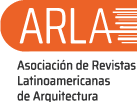Unplanned maintenance triggered the failure mechanism in the Barquisimeto Health Sciences Dean's office building
DOI:
https://doi.org/10.51372/gacetatecnica262.2Keywords:
reinforced concrete failure mechanisms, corrosion, structural maintenance, construction pathologyAbstract
The study characterized the main failures in visible structural members of the Dean's Office of Health Sciences building at the Lisandro Alvarado Centroccidental University in Barquisimeto, in order to determine the mechanism that allowed these failures to develop. A visual inspection of the building was applied. Construction began in 1974. The structure is a reinforced concrete structure with a clean finish, consisting of two levels, and a construction area of 12,744.08 m2 on the ground and upper floors, respectively, and 11,333.81 m2 for the roof. It was determined that the exposure environment is C3, which makes the concrete sensitive to carbonation damage. During the survey of the symptoms of the failures, it was verified that the failure mechanism begins with the roof; the failure of the asphalt layer represents 34,09% of the failures. On the upper floor, efflorescence is 42.34%, and on the ground floor, 64,29%. It is presumed that the main cause of the failures is due to the lack of maintenance that triggered the deterioration, so a plan must be made for the structural, roof, and drainage subsystems, which will contribute to extending the useful life of this important building
Downloads
References
L. Arrieta, M. Dikdan, D. Avon, R. Malavé, E.Anzola, M. Olavarrieta, H. Bolognini H, M. Corominas, “Un enfoque integral… Prevención de daños y rehabilitación de estructuras de concreto armado”, Venezuela, ISBN 978-980-12-6483-5, 2013
P. Helene, F. Pereira, P. Castro, “Rehabilitación y mantenimiento de estructuras de concreto”, Venezuela, ISBN 85-60457-00-3, 2007
Fondonorma, “Norma Venezolana COVENIN NTF 4015-2012 Concreto Durabilidad”, Caracas, Venezuela, 2012
Fondonorma, “Norma Venezolana COVENIN NTF 1756-1:2019 Construcciones Sismoresistentes”, Caracas, Venezuela, 2019
J. Campiño Sanchez, “Patología Estructural Institución Educativa Nueva Granada Municipio de Dosquebradas”, Recuperado de: https://repository.unilibre.edu.co/bitstream/handle/10901/16989/PATOLOGIA%20ESTRUCTURAL%20INSTITUCION%20EDUCATIVA.pdf?sequence=1&is Allowed=y, 2018
CSI Spain, “ETABS”, Recuperado de: https://www.csiespana.com/software/5/etabs, 2025
C. Ceballos, “Patología Estructural del Sub- Sótano del Hospital Central de la Fuerza Armada Dr. Carlos Arvelo, Ubicado en la Urbanización San Martín, Parroquia San Juan del Municipio Libertador, Distrito Capital”, Recuperado de: http://www.miunespace.une.edu.ve/jspui/bitstream/123456789/2818/1/TG5545, 2015
C. Broto, “Enciclopedia Broto de Patología de la Construcción”, Recuperado de: https://books.google.co.ve/books/about/Enciclopedia_Broto_de_patolog%C3%ADas_de_la.html?id=x_trtAEACAAJ&redir_esc=y, 2012
O. Troconis et al., “Manual de Inspección, Evaluación y Diagnóstico de Corrosión en Estructuras de Hormigón Armado”, DURAR ISBN 980-296-541-Maracaibo, Venezuela, 1997
C. Sotomayor, “Entendimiento a las Fisuras y Grietas en las Estructuras de Concreto” Recuperado de: http://www.consultcreto.com/pdf/entendiendo, 2020
M. F. Cánovas, “Patología y terapéutica del hormigón Armado”, 3a Edición Actualizada, 1994
INAMEH, “Boletín Meteorológico”, Recuperado de: http://www.inameh.gob.ve/web/, Venezuela, Consultado Junio 2021
MOP, “Norma Provisional para Construcciones Antisísmicas”, Ministerio de Obras Públicas, Dirección de Edificios, Caracas, Venezuela, 1967
V. Falconi, “TQC Control de la Calidad Total al estilo japonés”. ISBN 85-85447-06-0, 1992

Published
How to Cite
Issue
Section
Copyright (c) 2025 Copyright will be assigned automatically to María Alice Olavarrieta, Fabiola Rodríguez, Ana Karina Valero when this is published

This work is licensed under a Creative Commons Attribution-NonCommercial-ShareAlike 4.0 International License.
The opinions expressed by the authors do not necessarily reflect the position of the editor of the publication or UCLA. The total or partial reproduction of the texts published here is authorized, provided that the complete source and electronic address of this journal is cited. Authors have the right to use their articles for any purpose as long as it is done nonprofit. The authors can post on the internet or any other media the final approved version of their work.






.png)




